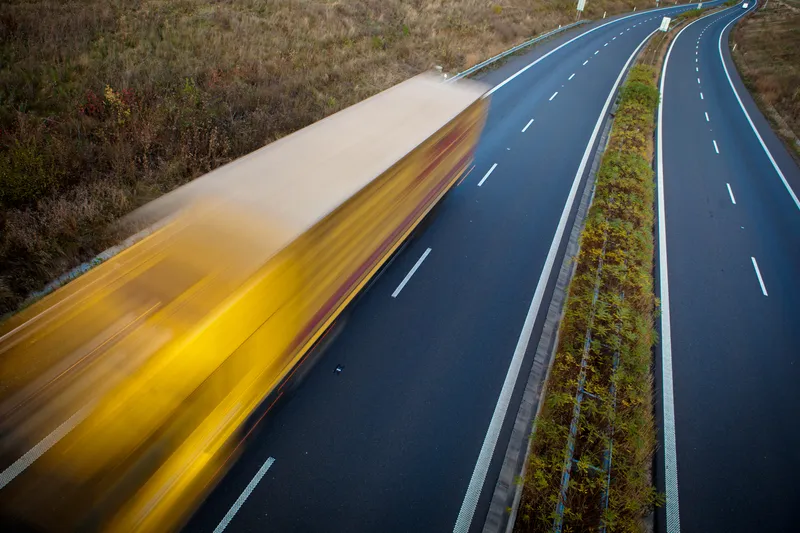Legal uncertainty and a lack of uniform implementation of existing European and international legislation by Member States is holding back EU-wide digitalisation of the transport logistics sector, says the Association of European Vehicle Logistics, ECG.
Lack of standardisation at European level regarding multimodal transport e-documents is a barrier to seamless, streamlined, flexible transport logistics within the EU. The economic, social and environmental advantage of e-documentation is clear. The 16.5
April 21, 2016
Read time: 2 mins
Legal uncertainty and a lack of uniform implementation of existing European and international legislation by Member States is holding back EU-wide digitalisation of the transport logistics sector, says the Association of European Vehicle Logistics, ECG.
Lack of standardisation at European level regarding multimodal transport e-documents is a barrier to seamless, streamlined, flexible transport logistics within the EU. The economic, social and environmental advantage of e-documentation is clear. The 16.5 million cars transported annually in Europe result in 33 million pieces of paper or 135 tonnes of paper each year. The courier industry has been paperless for over 20 years with electronic tracking and online proof of delivery accepted as standard throughout the EU. Application in the transport sector is being hampered by insufficient harmonisation at national level.
A legal framework for the use of electronic transport documents already exists for road, rail and maritime transport. The e-CMR Protocol (2011) provides for the use of electronic consignment notes for international transport. However, only eight EU Member States and Switzerland have ratified this international treaty to date.
In rail, not all EU Member States recognise electronic consignment notes (e-CIM) and ongoing legal uncertainty exists in some national authorities as to the validity of electronic signatures or for the transportation of certain goods.
The EU Reporting Formalities Directive (RFD) 2010/65/EU aims to simplify, harmonise and rationalise administrative procedures and reporting requirements for maritime carriers calling at EU ports. By 1st June 2015 Member States should have implemented measures to allow the electronic submission and reception of reporting formalities concerning vessels, their crew and cargo via a ‘national single window’. However, no effort has been made by the majority of Member States to harmonise their national requirements, resulting in a patchwork of systems and requirements, sometimes even within the same country.
Lack of standardisation at European level regarding multimodal transport e-documents is a barrier to seamless, streamlined, flexible transport logistics within the EU. The economic, social and environmental advantage of e-documentation is clear. The 16.5 million cars transported annually in Europe result in 33 million pieces of paper or 135 tonnes of paper each year. The courier industry has been paperless for over 20 years with electronic tracking and online proof of delivery accepted as standard throughout the EU. Application in the transport sector is being hampered by insufficient harmonisation at national level.
A legal framework for the use of electronic transport documents already exists for road, rail and maritime transport. The e-CMR Protocol (2011) provides for the use of electronic consignment notes for international transport. However, only eight EU Member States and Switzerland have ratified this international treaty to date.
In rail, not all EU Member States recognise electronic consignment notes (e-CIM) and ongoing legal uncertainty exists in some national authorities as to the validity of electronic signatures or for the transportation of certain goods.
The EU Reporting Formalities Directive (RFD) 2010/65/EU aims to simplify, harmonise and rationalise administrative procedures and reporting requirements for maritime carriers calling at EU ports. By 1st June 2015 Member States should have implemented measures to allow the electronic submission and reception of reporting formalities concerning vessels, their crew and cargo via a ‘national single window’. However, no effort has been made by the majority of Member States to harmonise their national requirements, resulting in a patchwork of systems and requirements, sometimes even within the same country.








